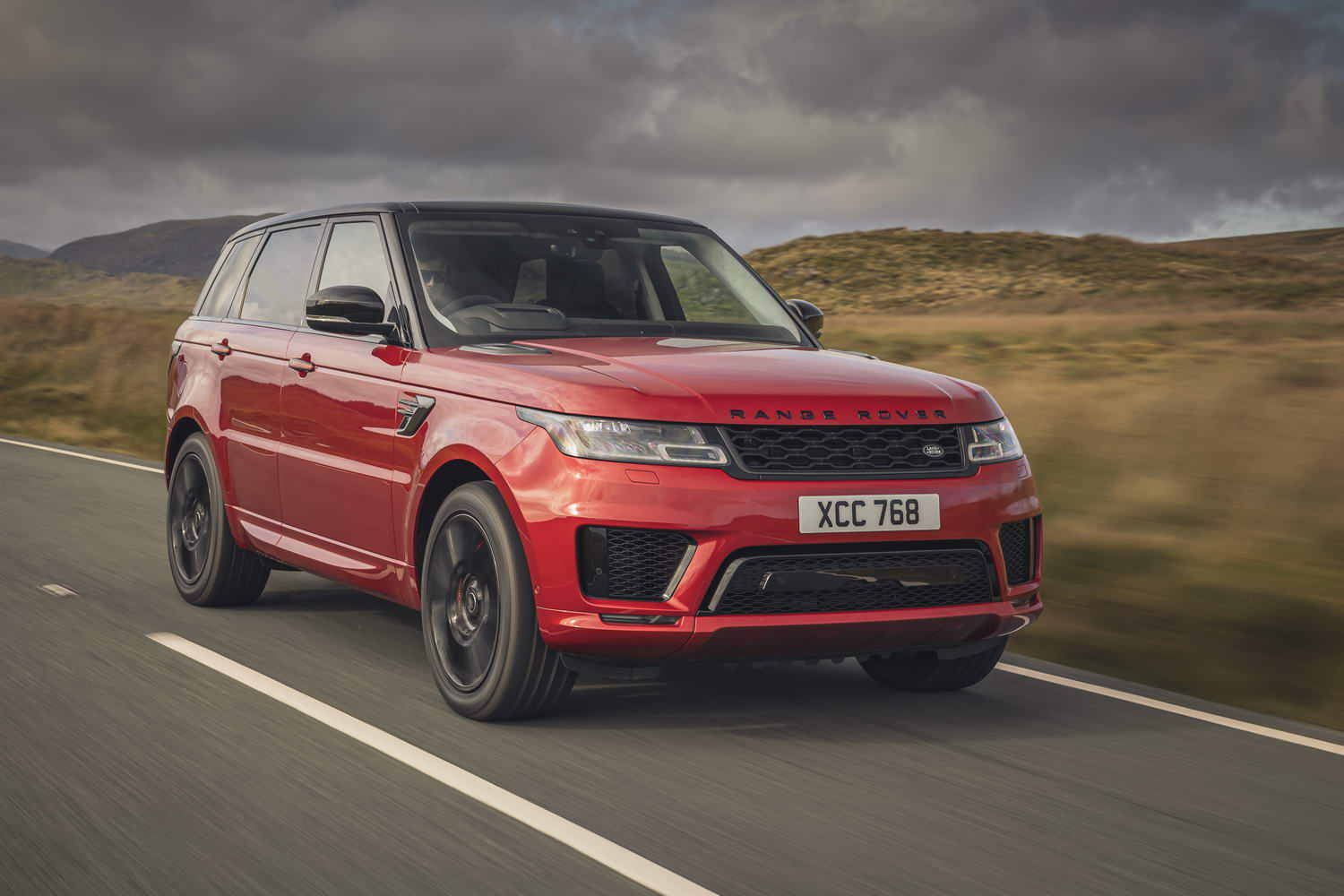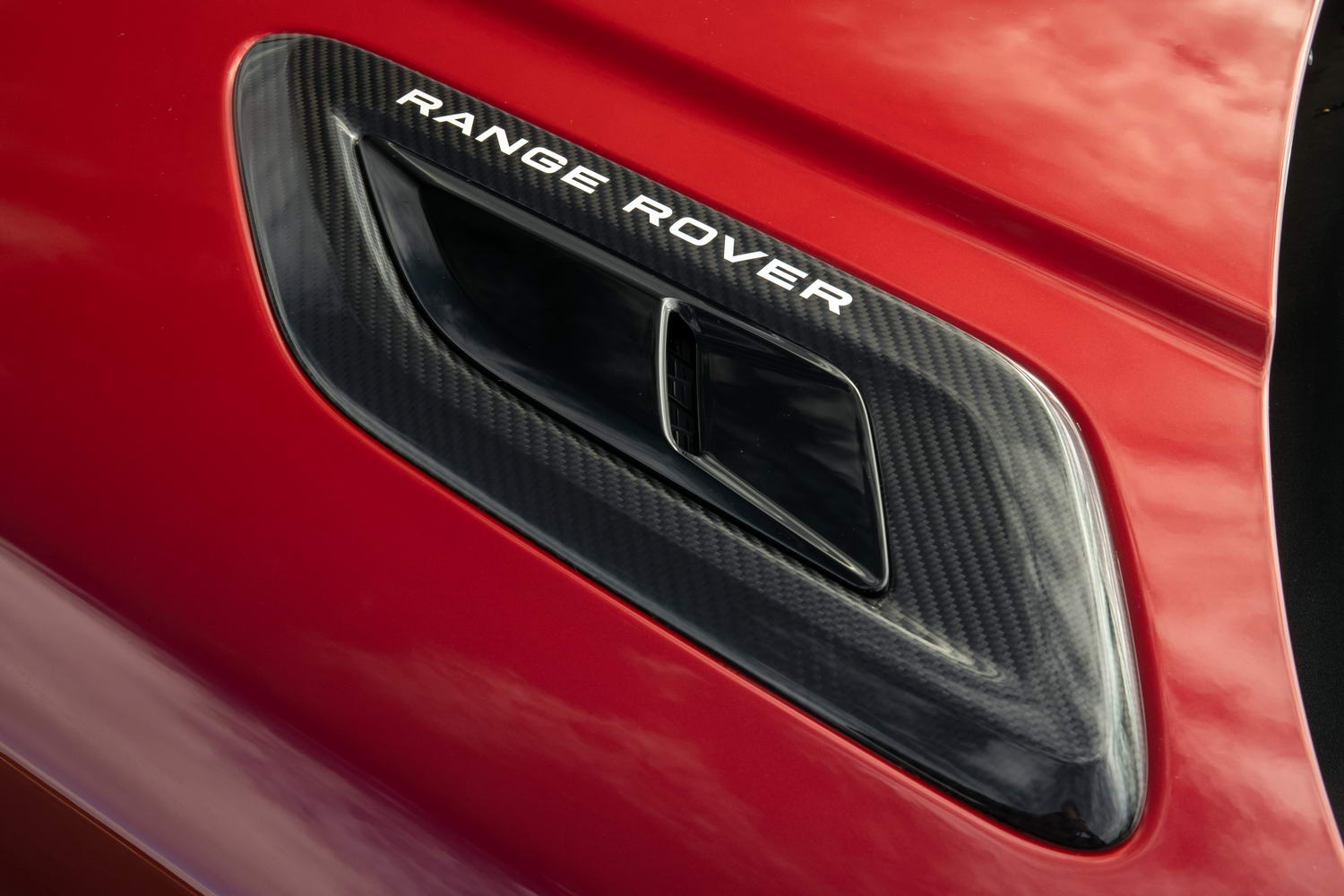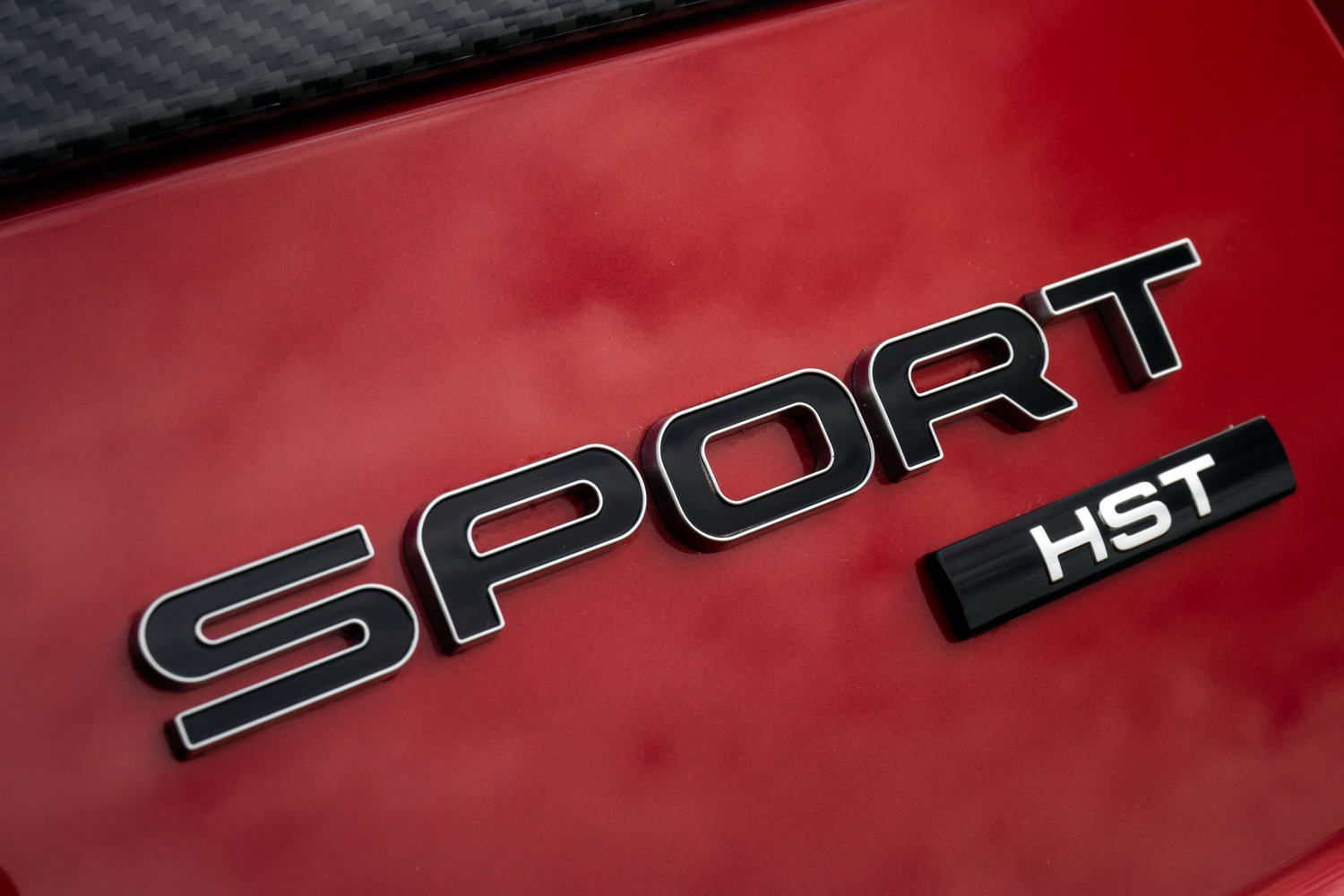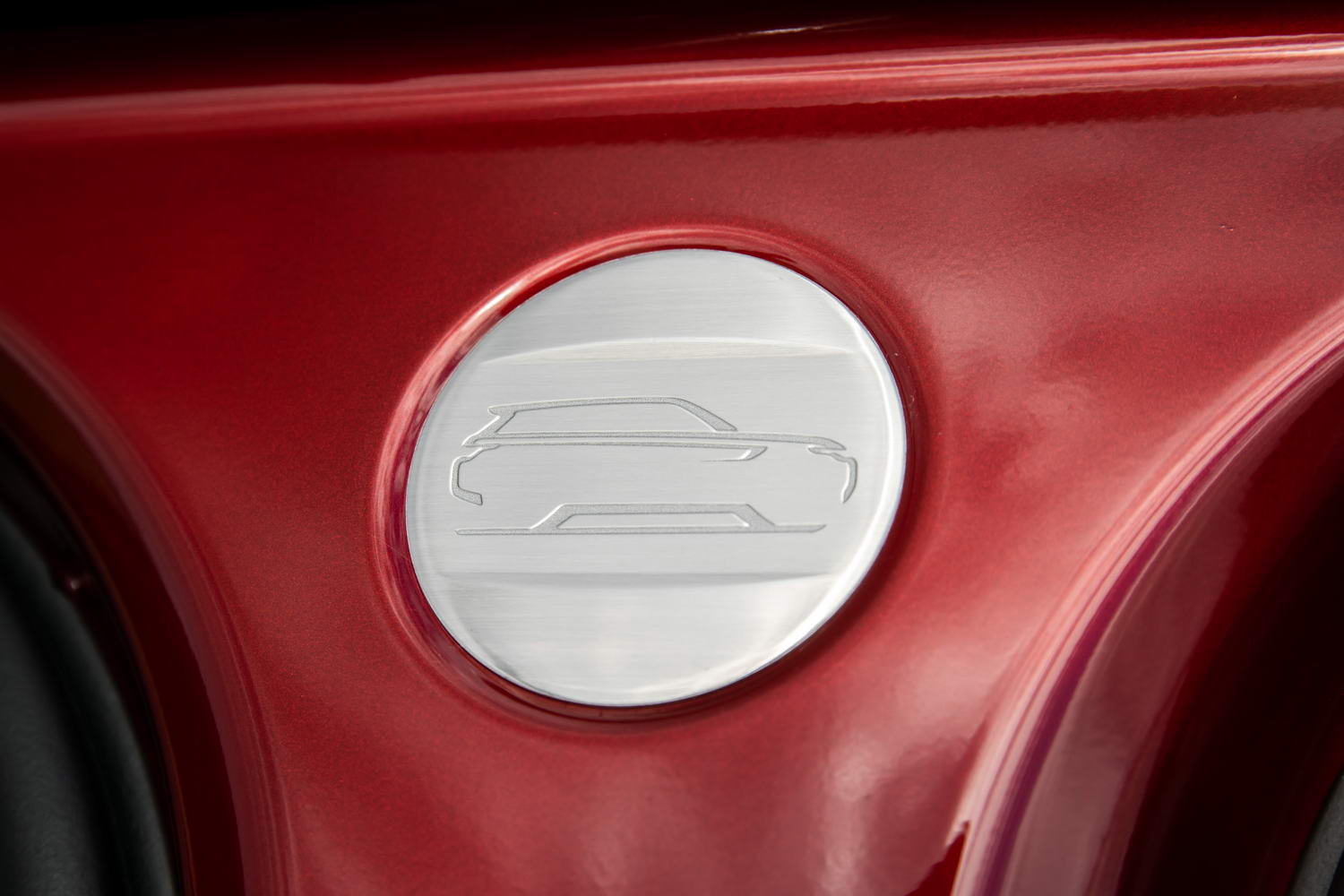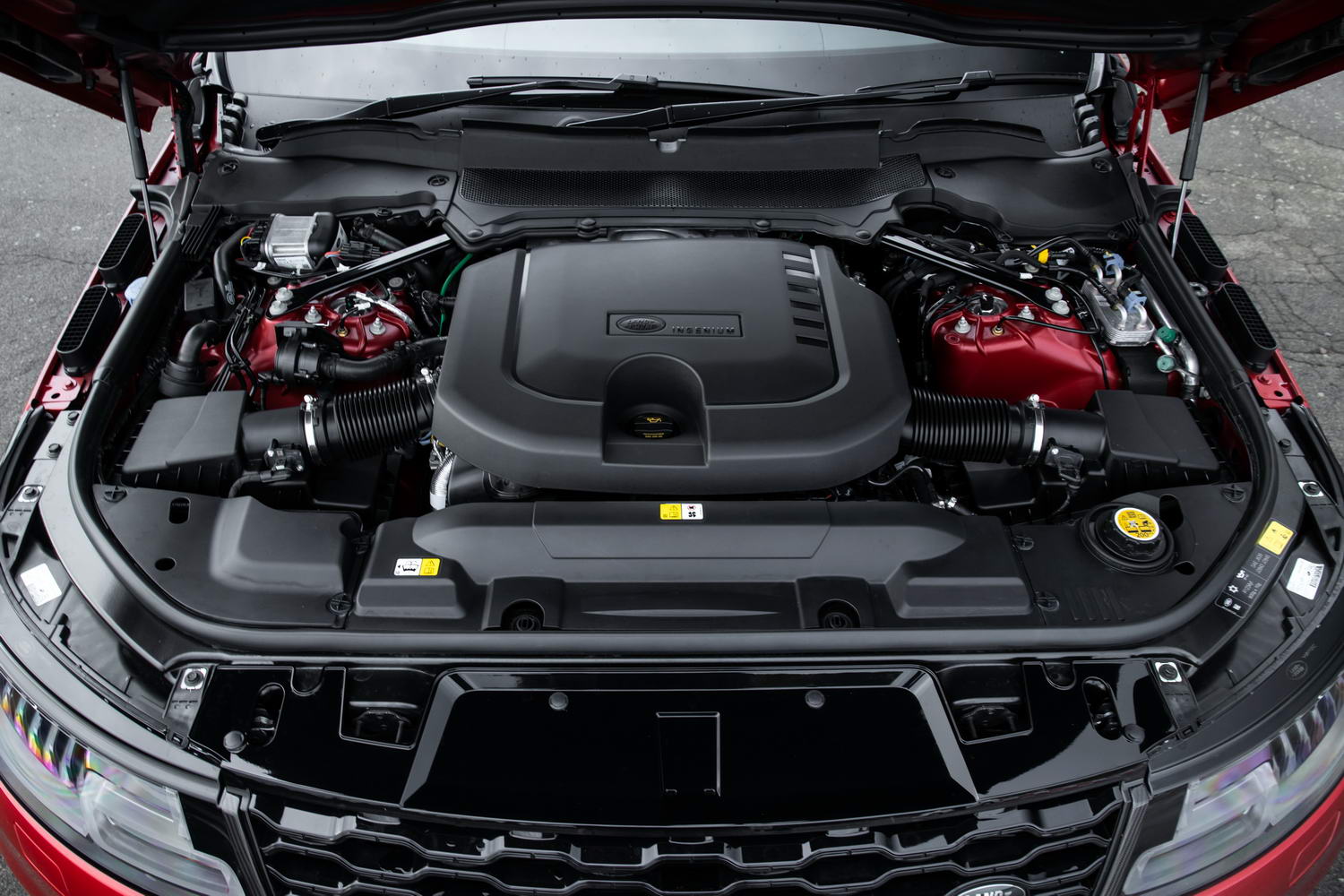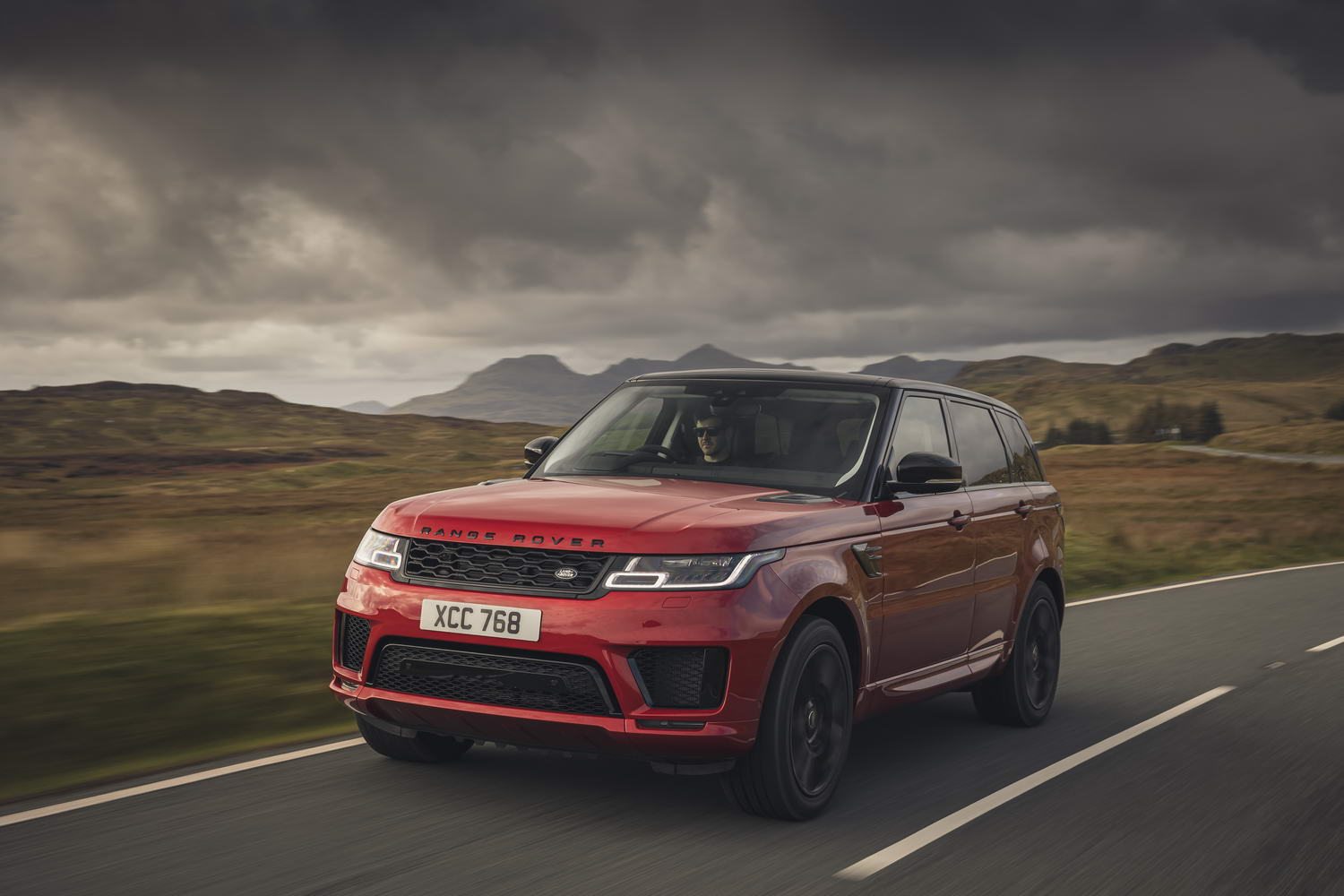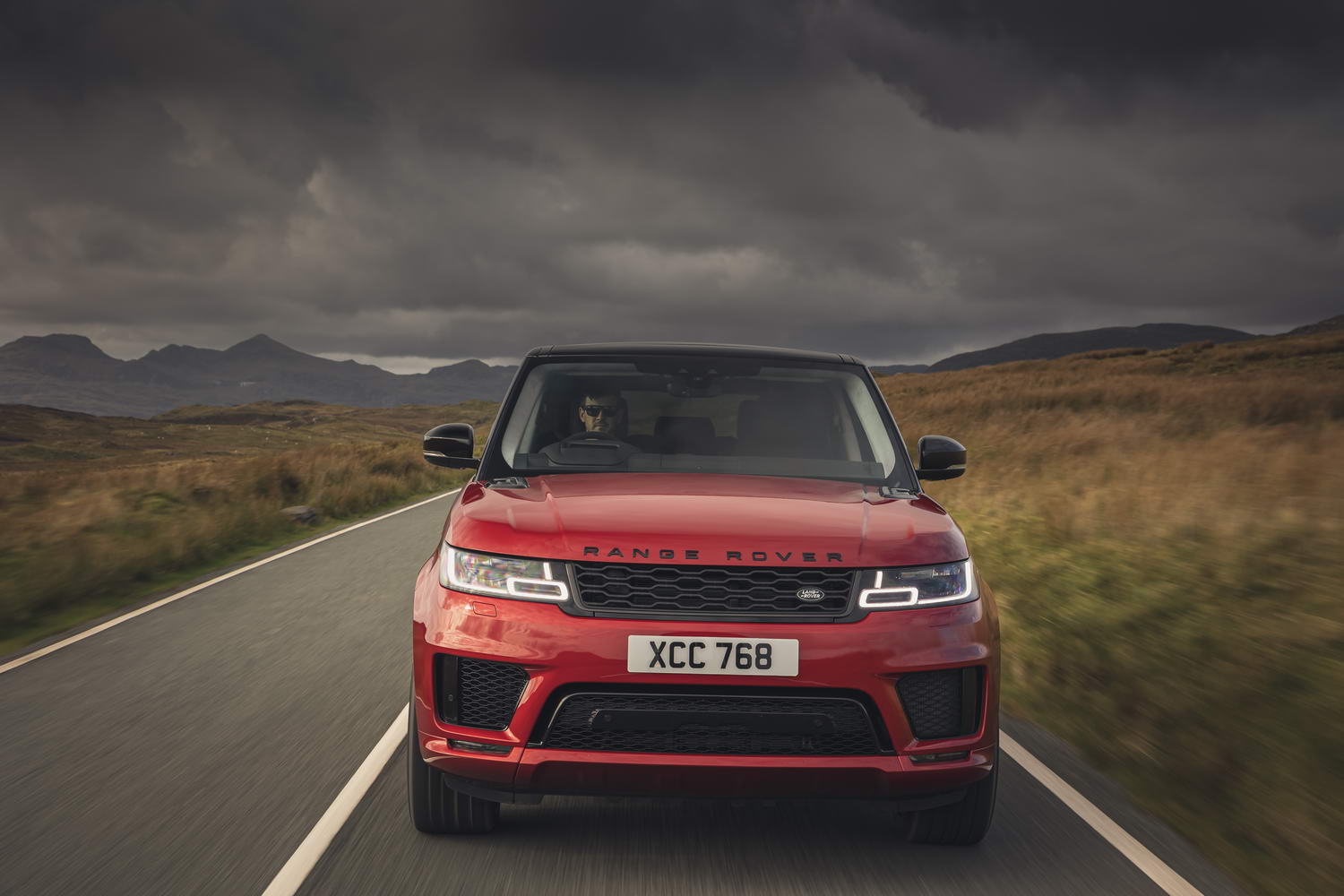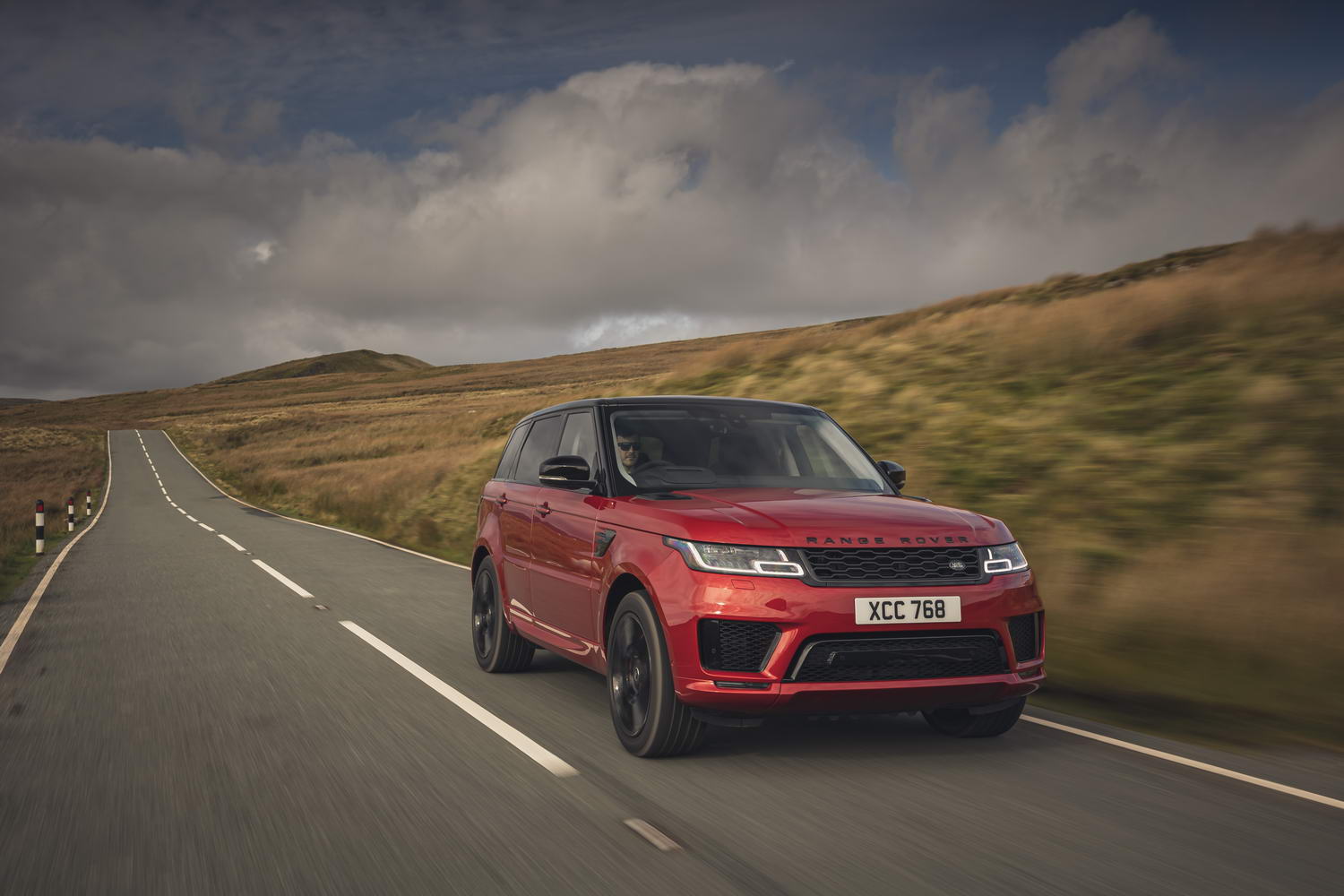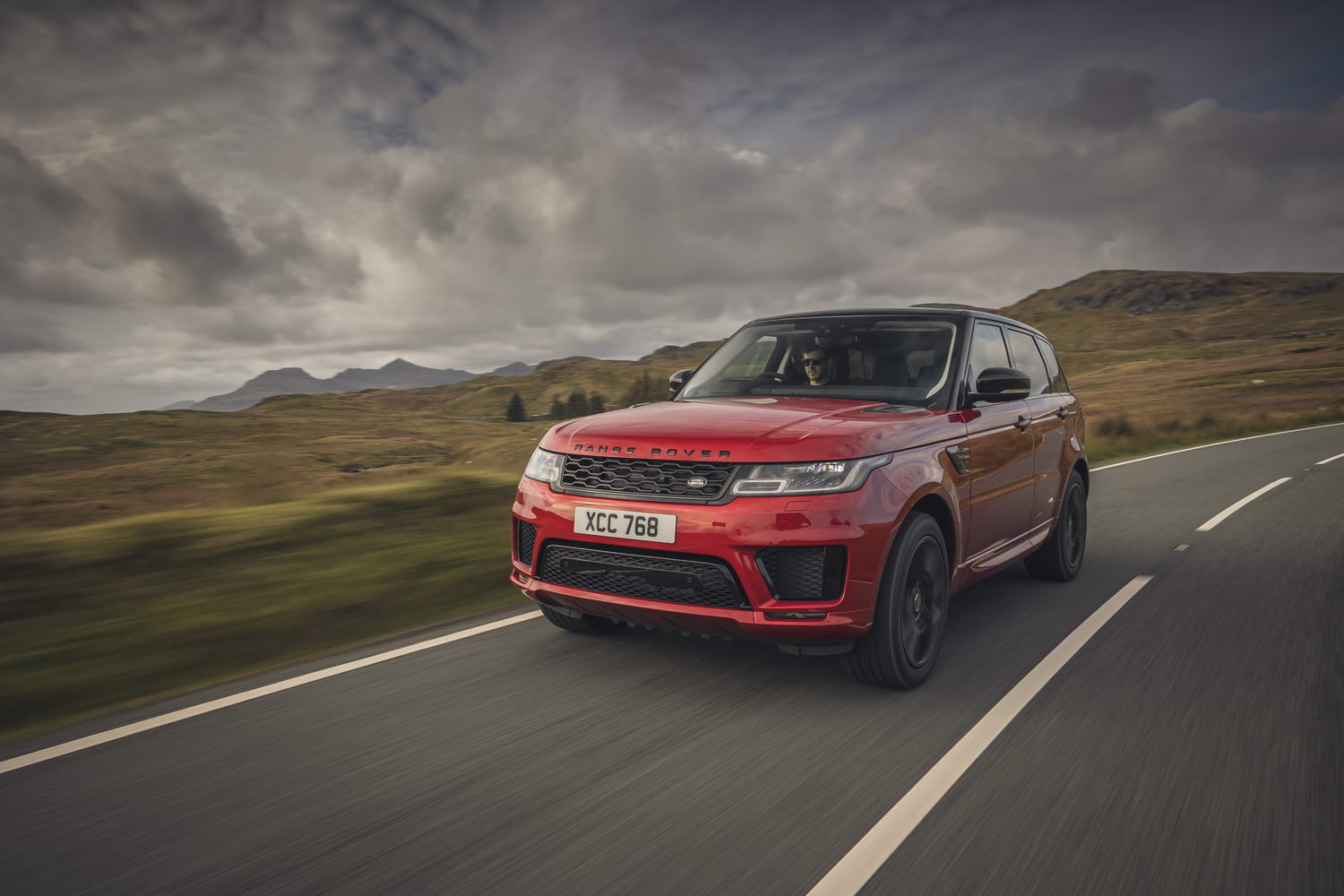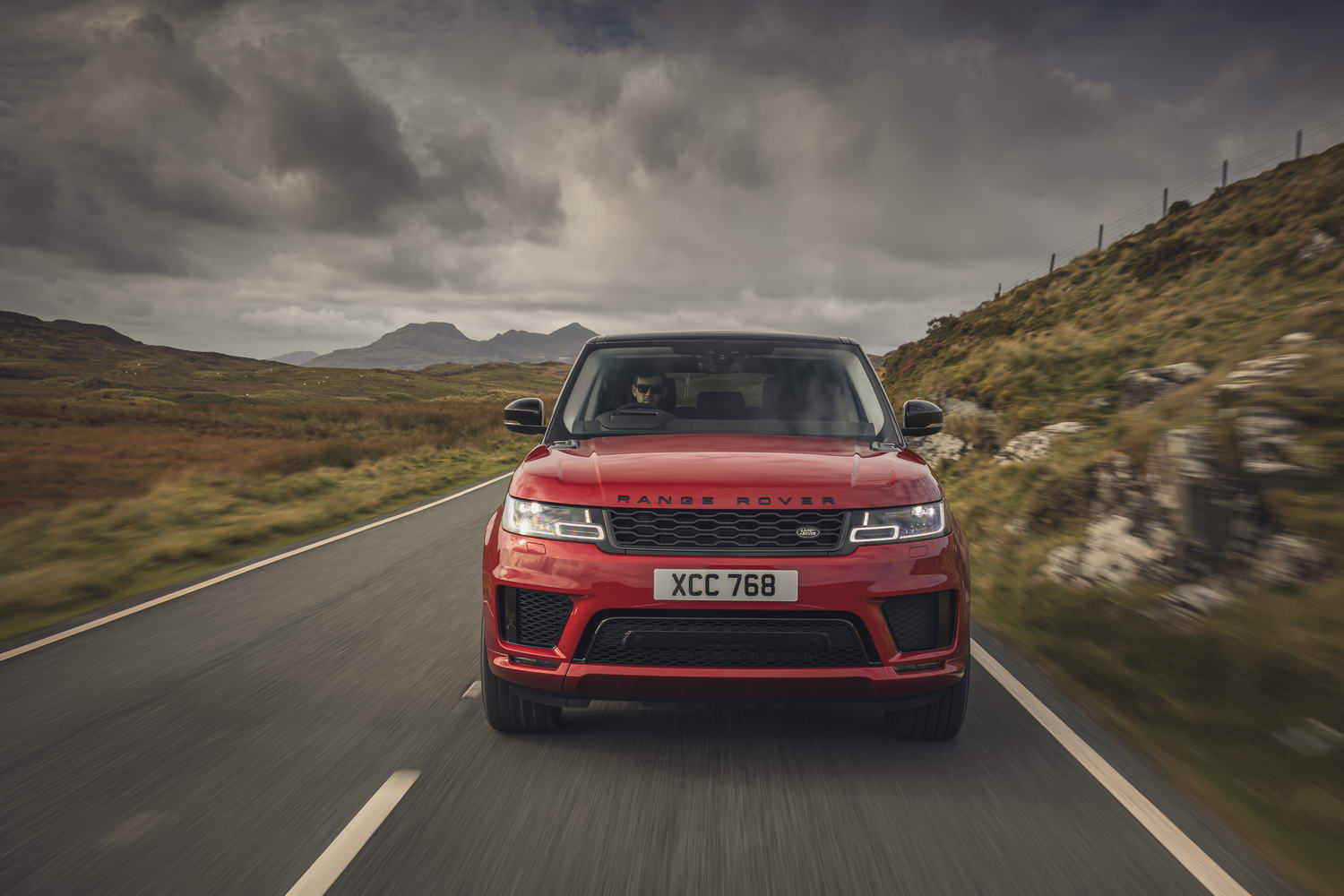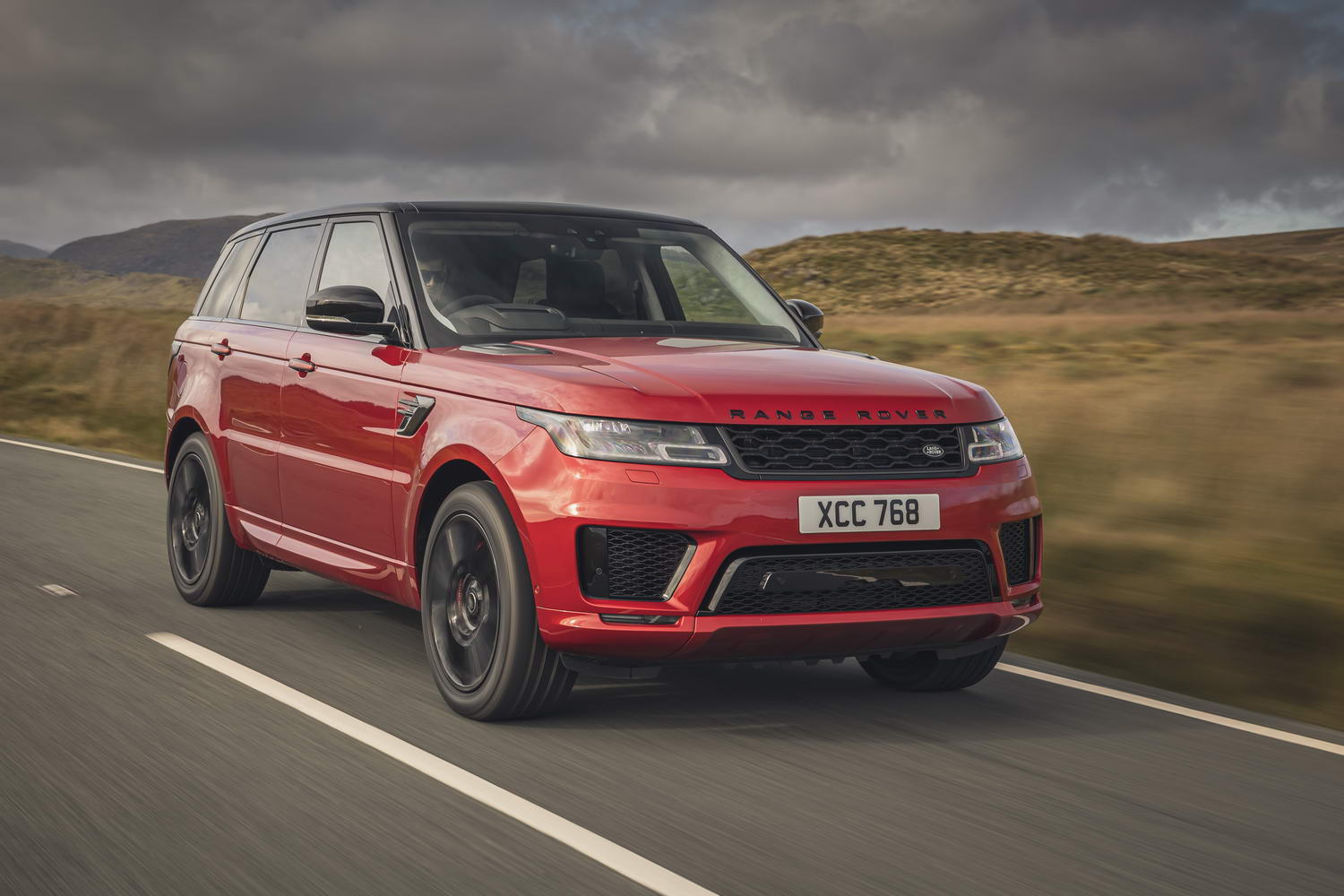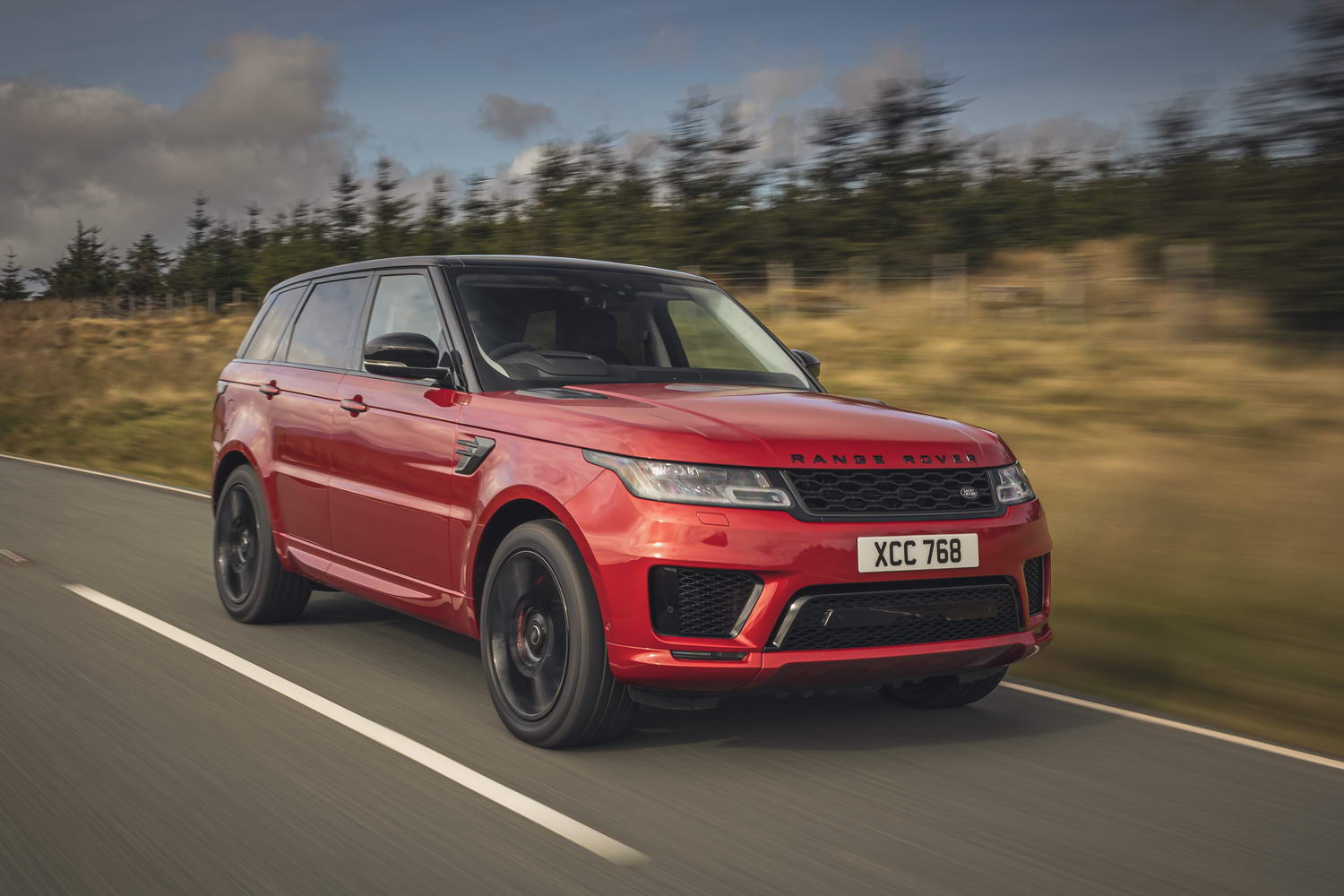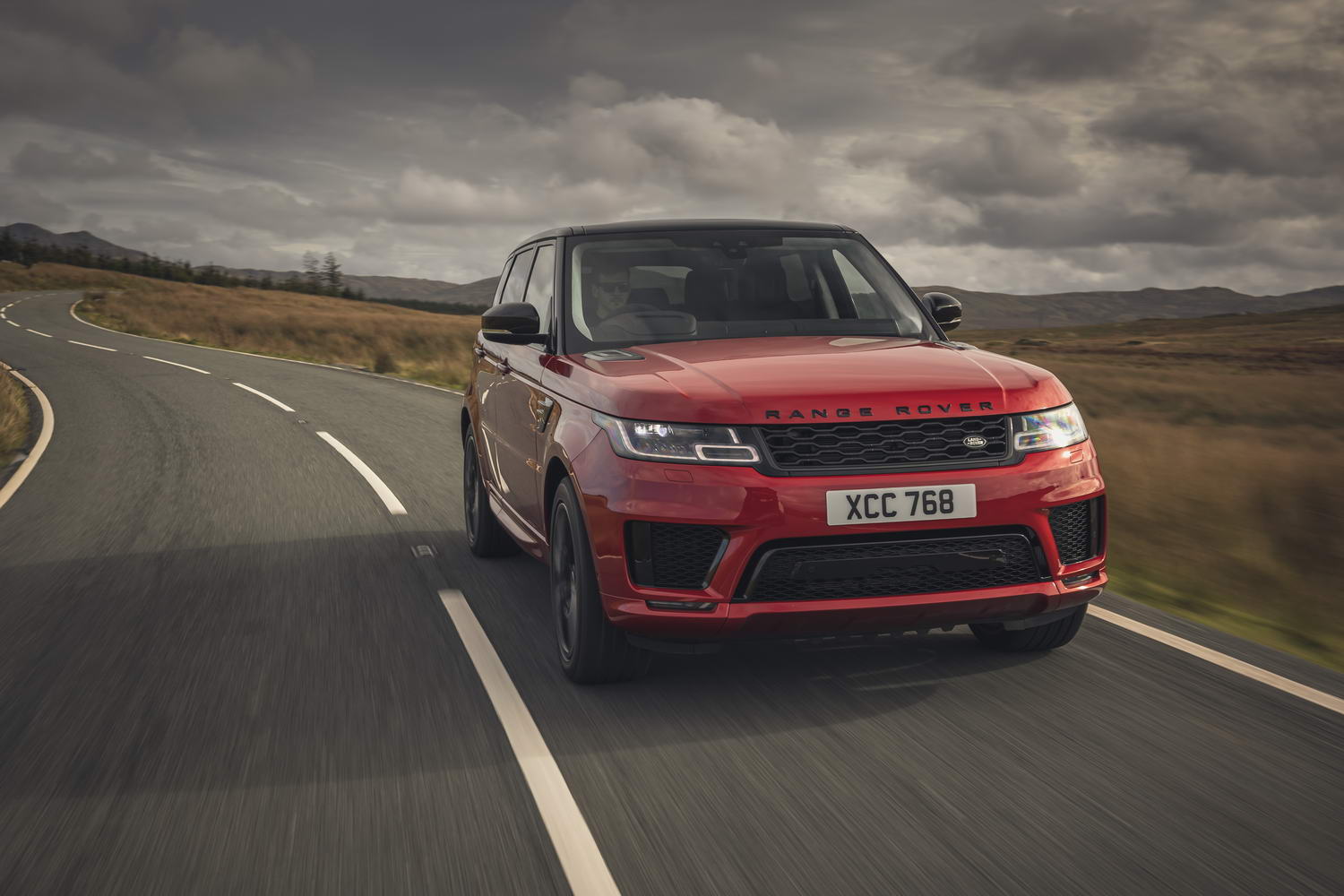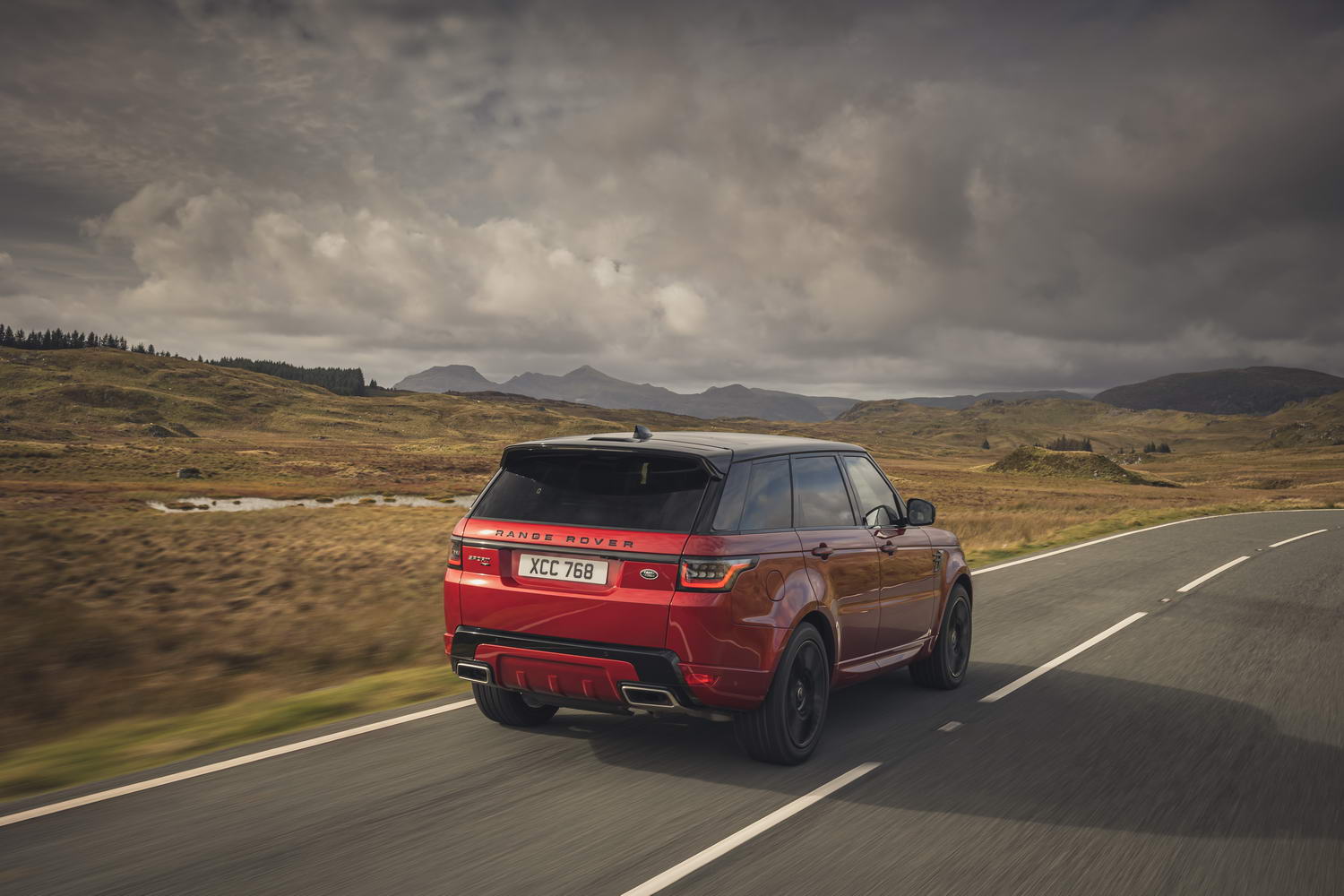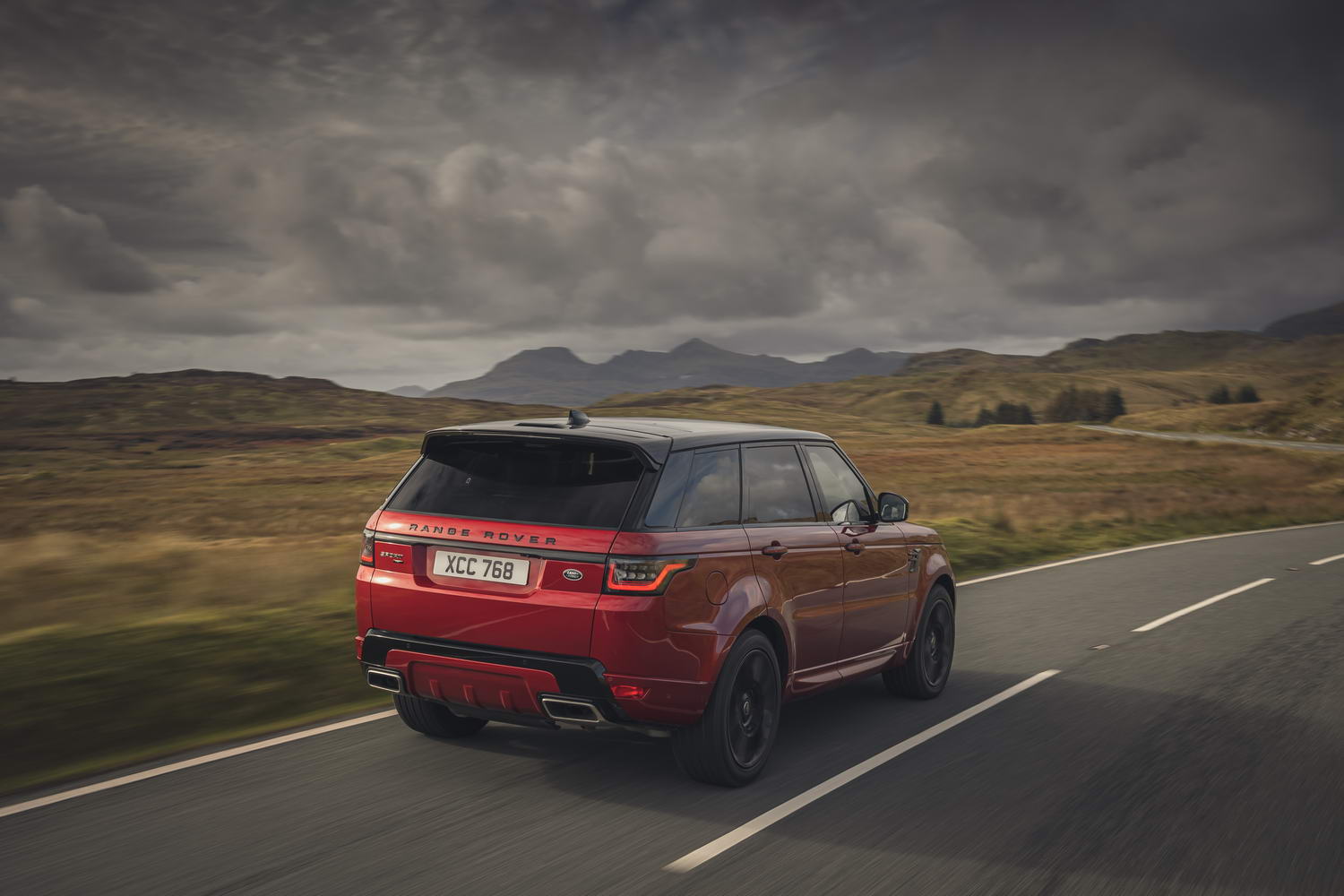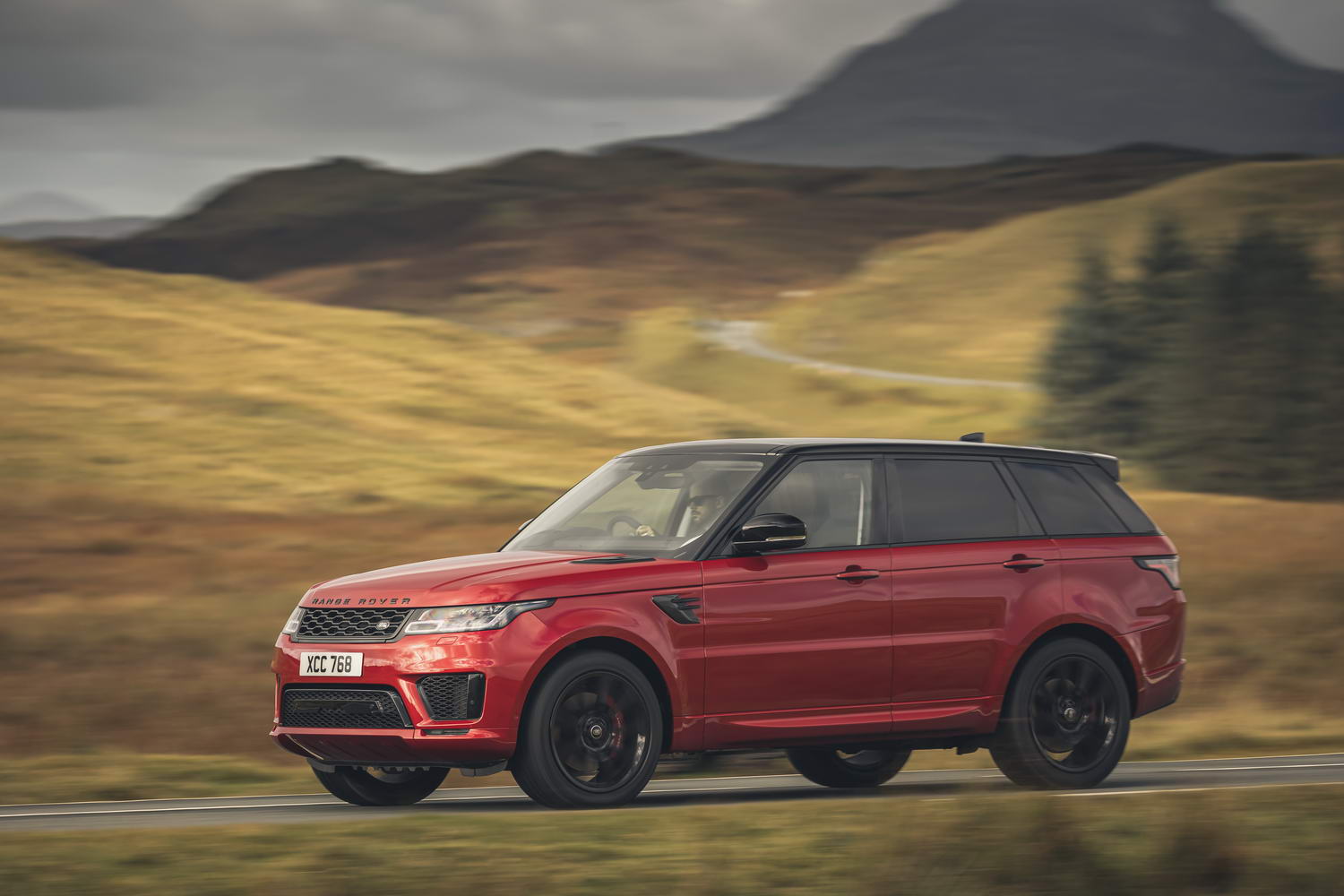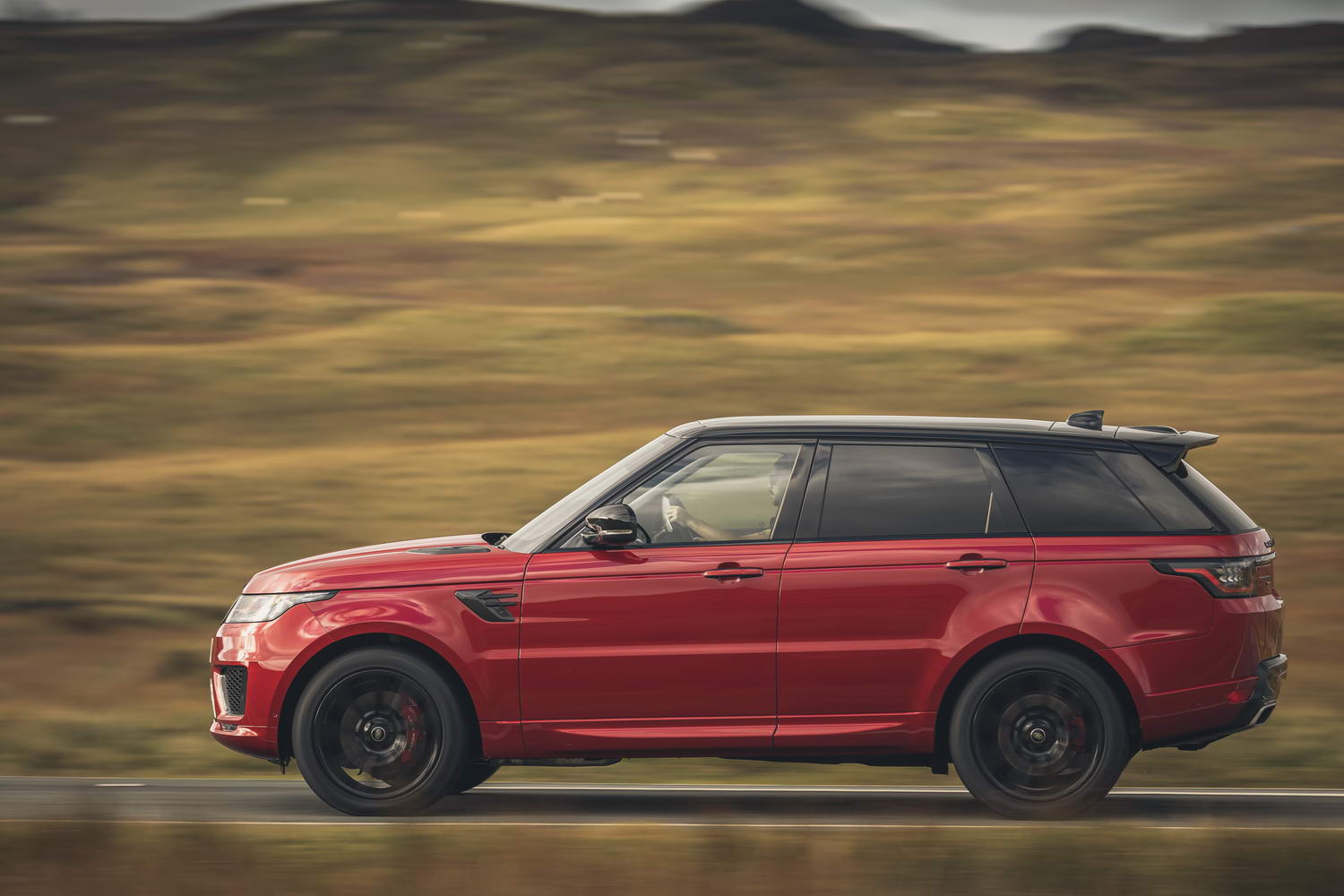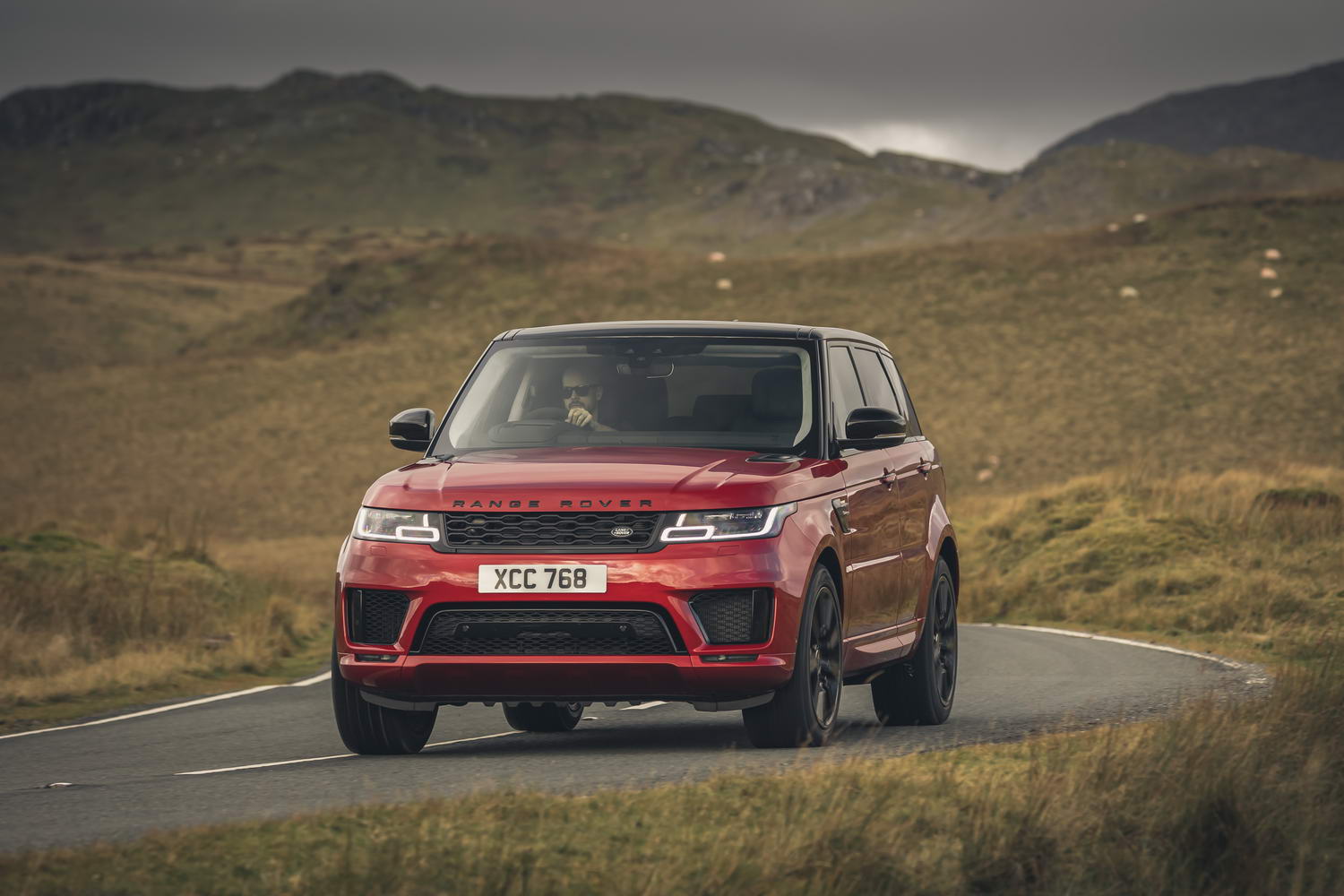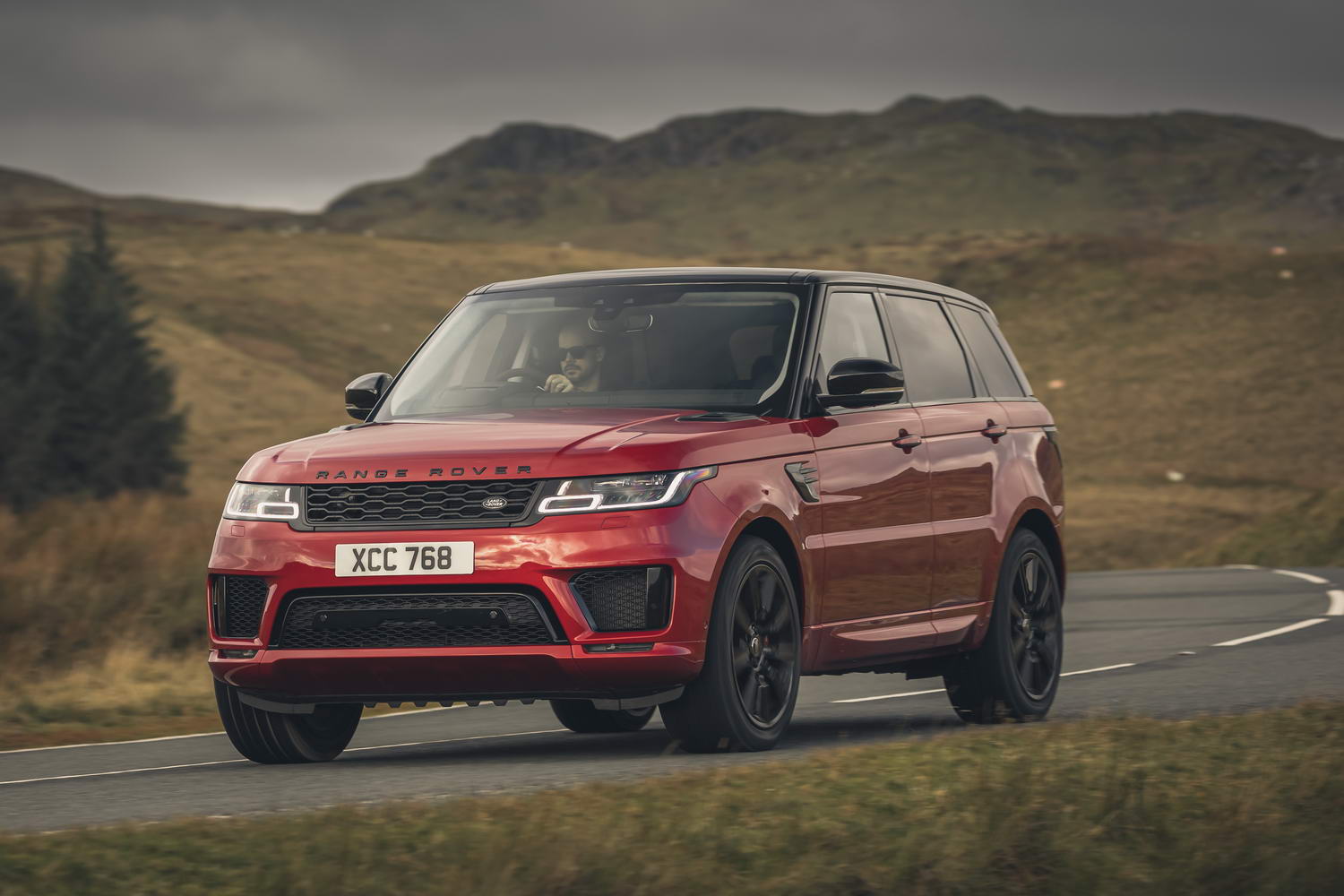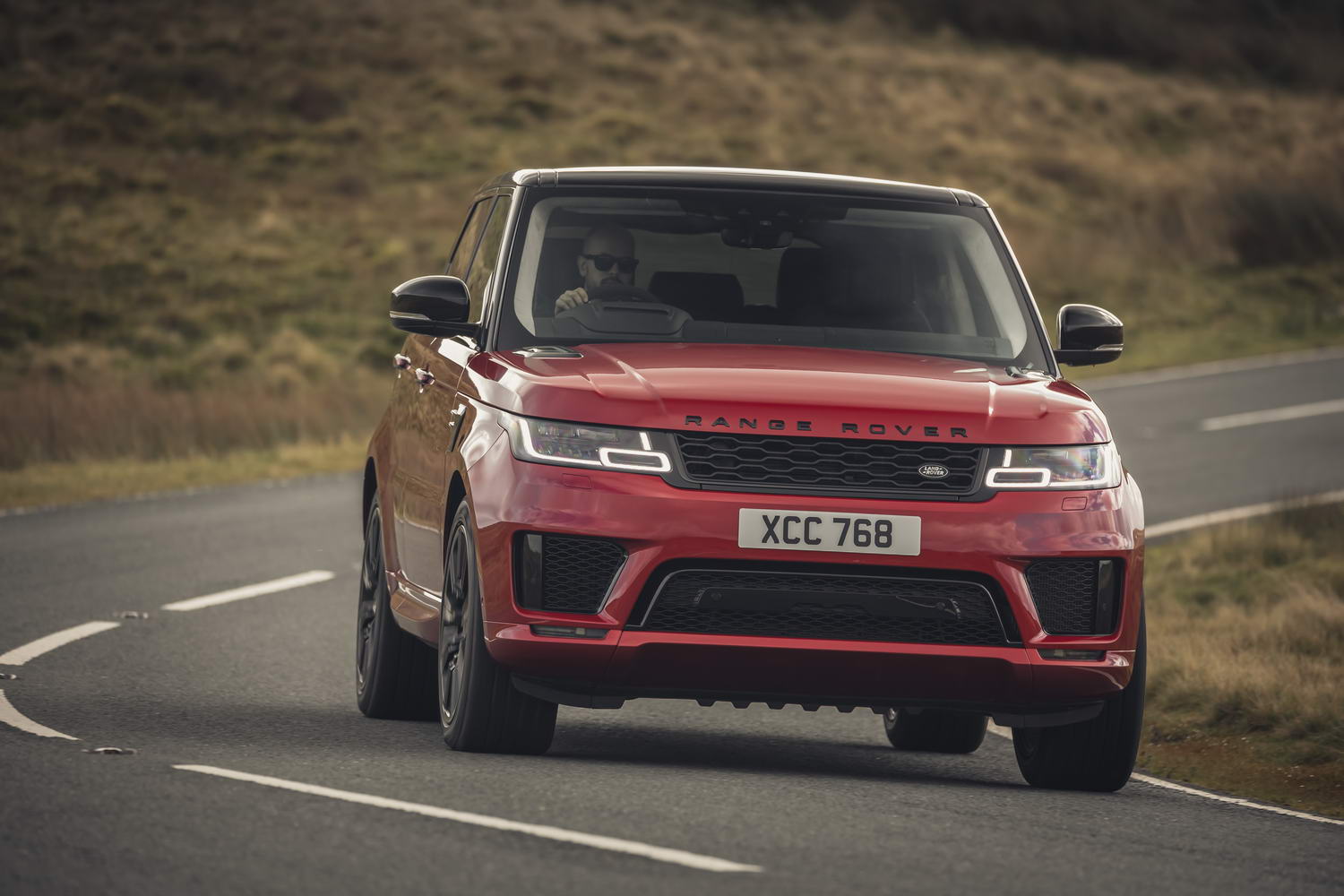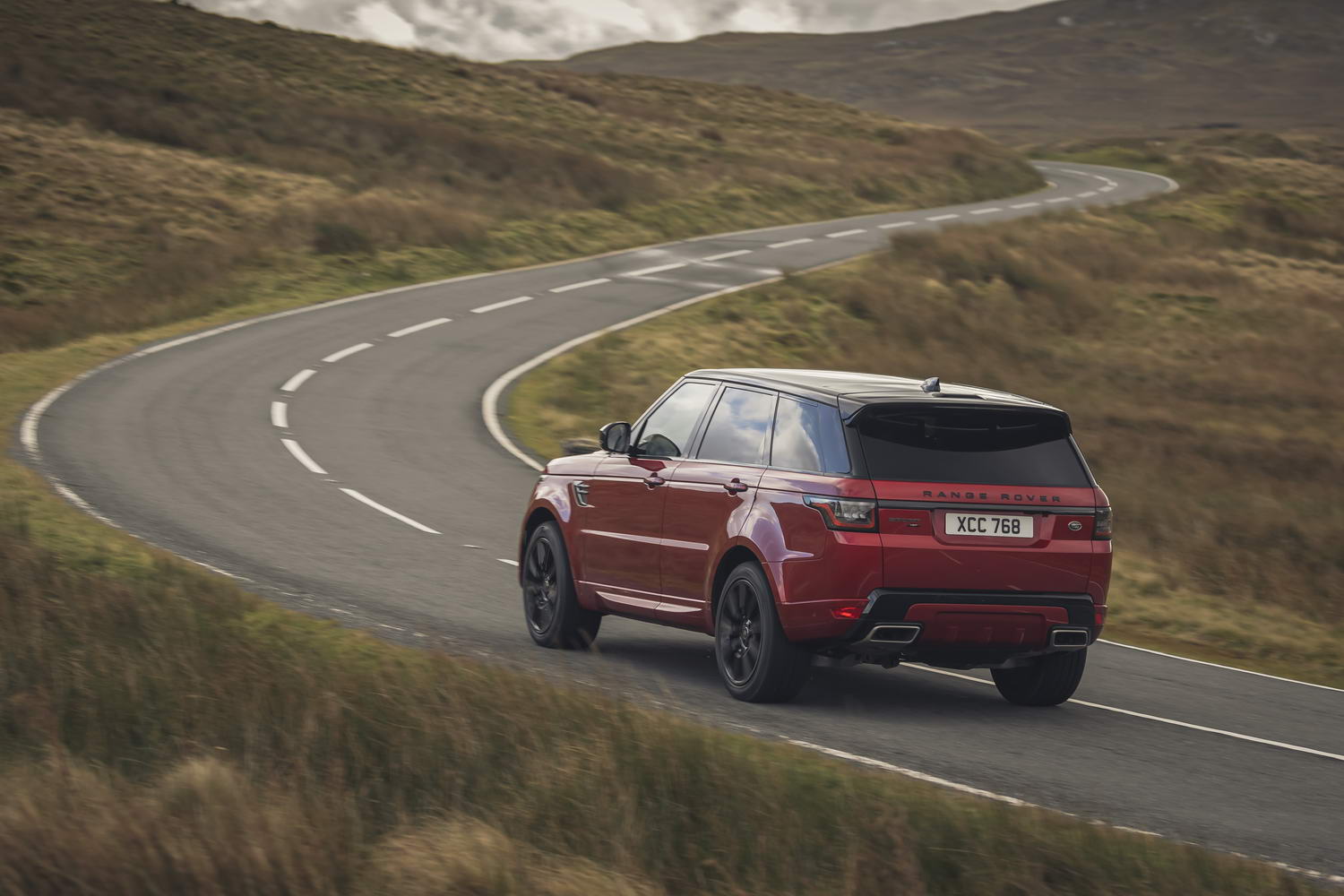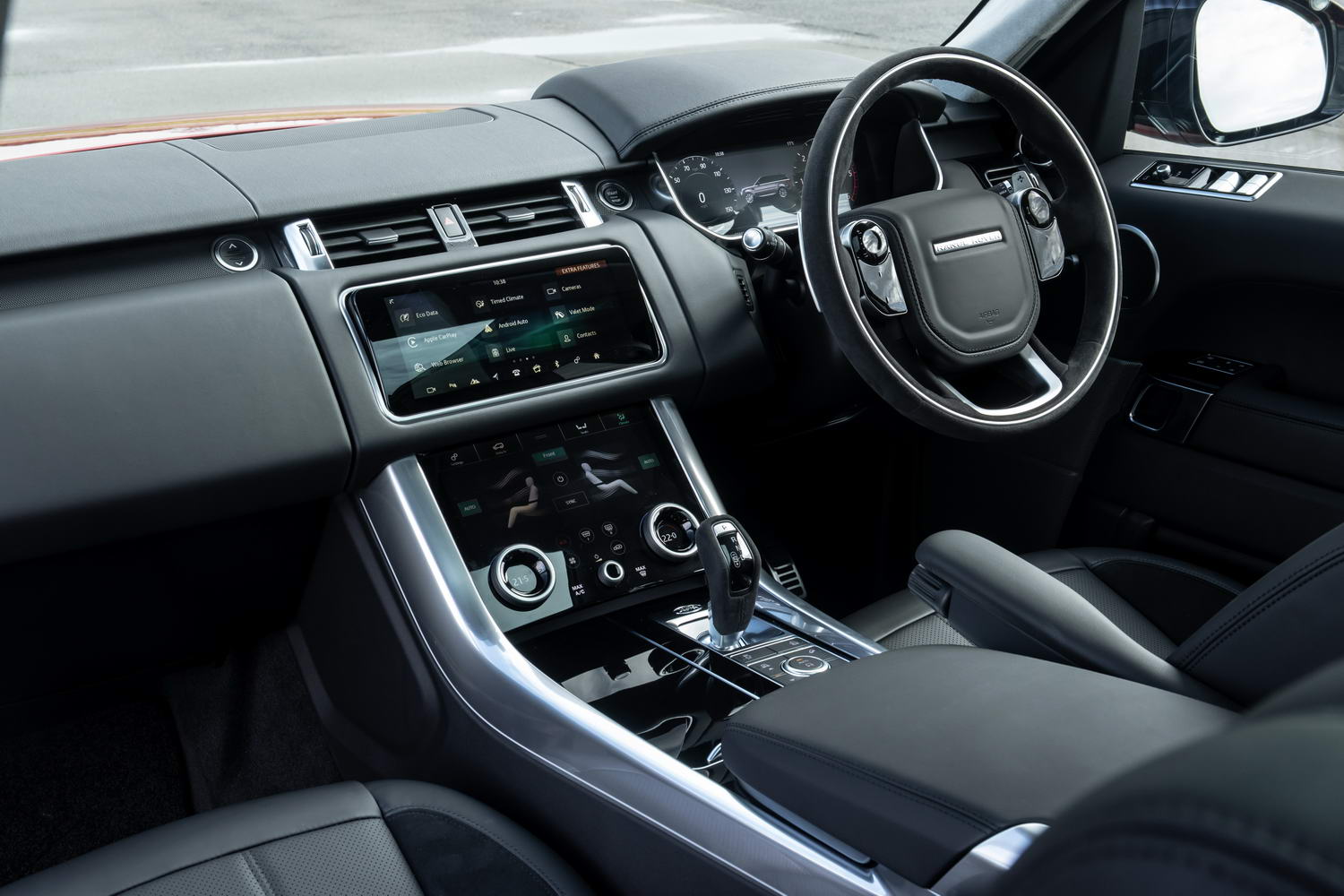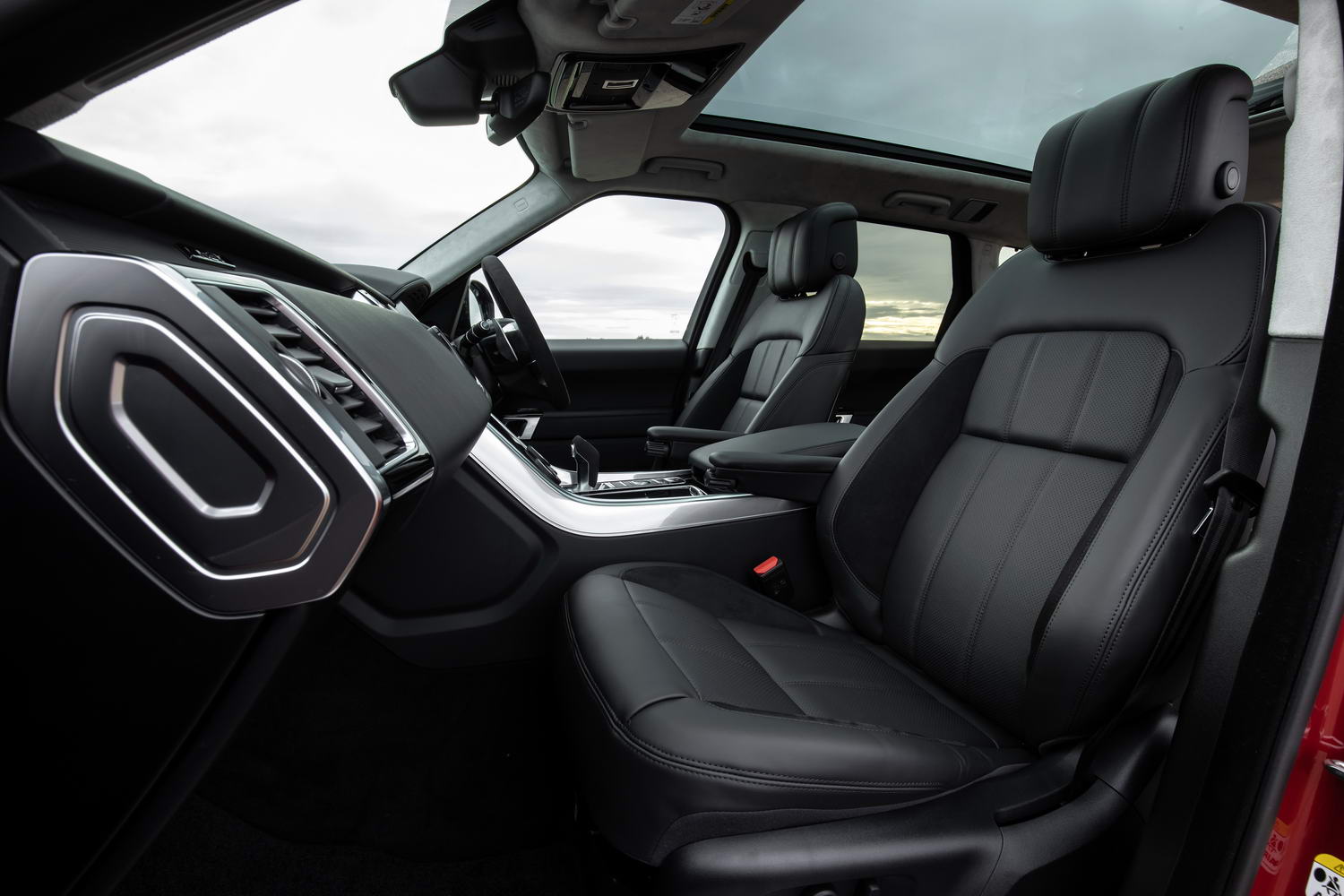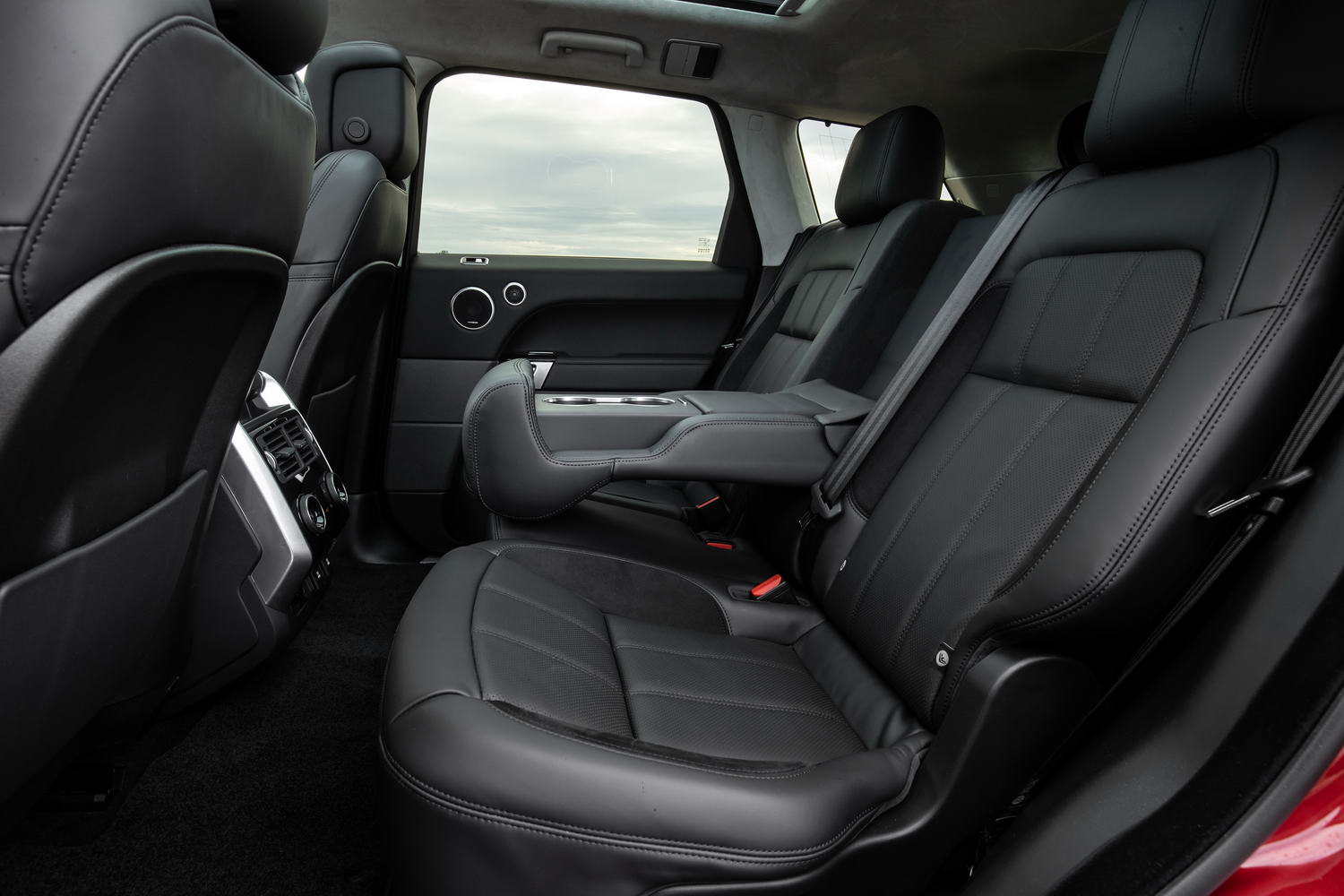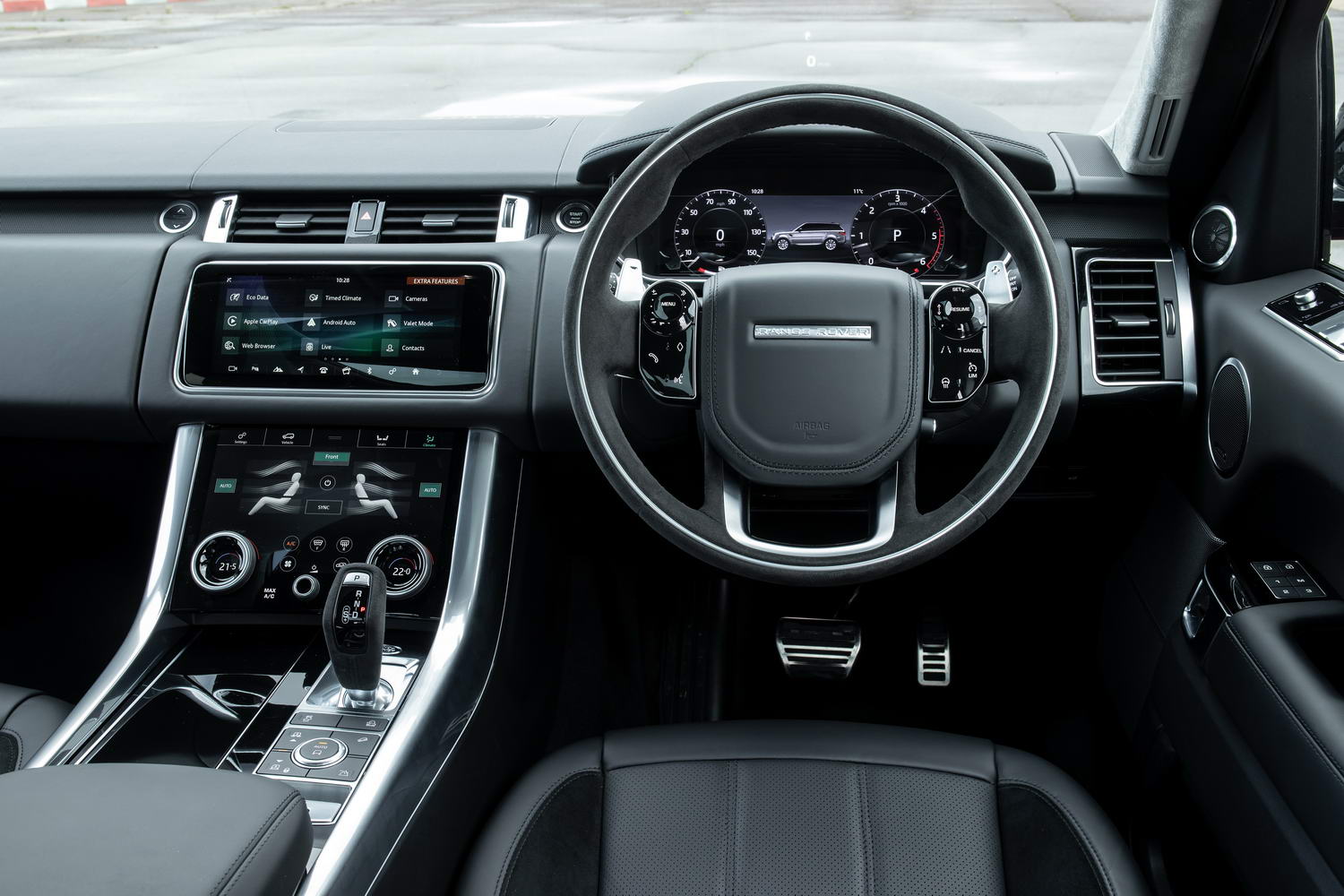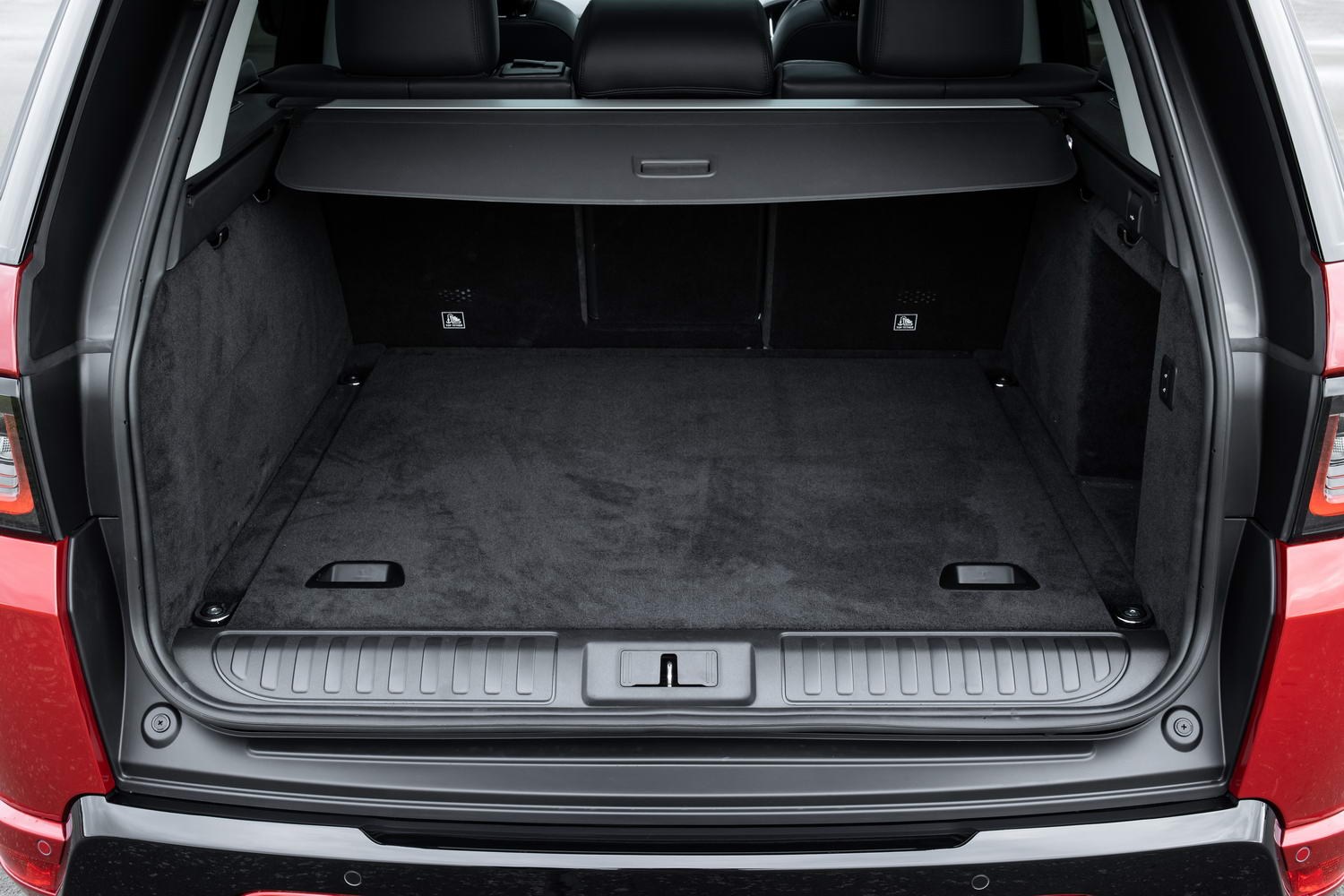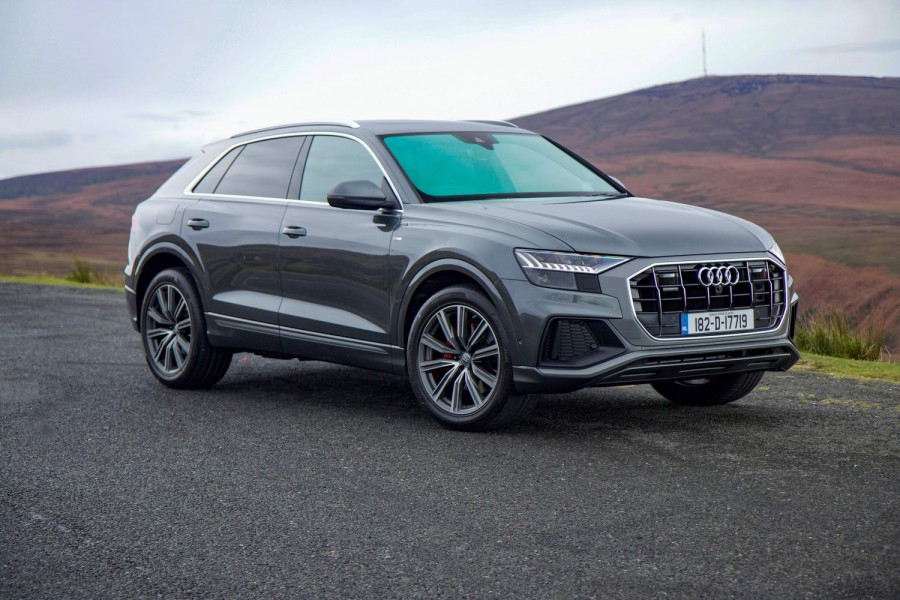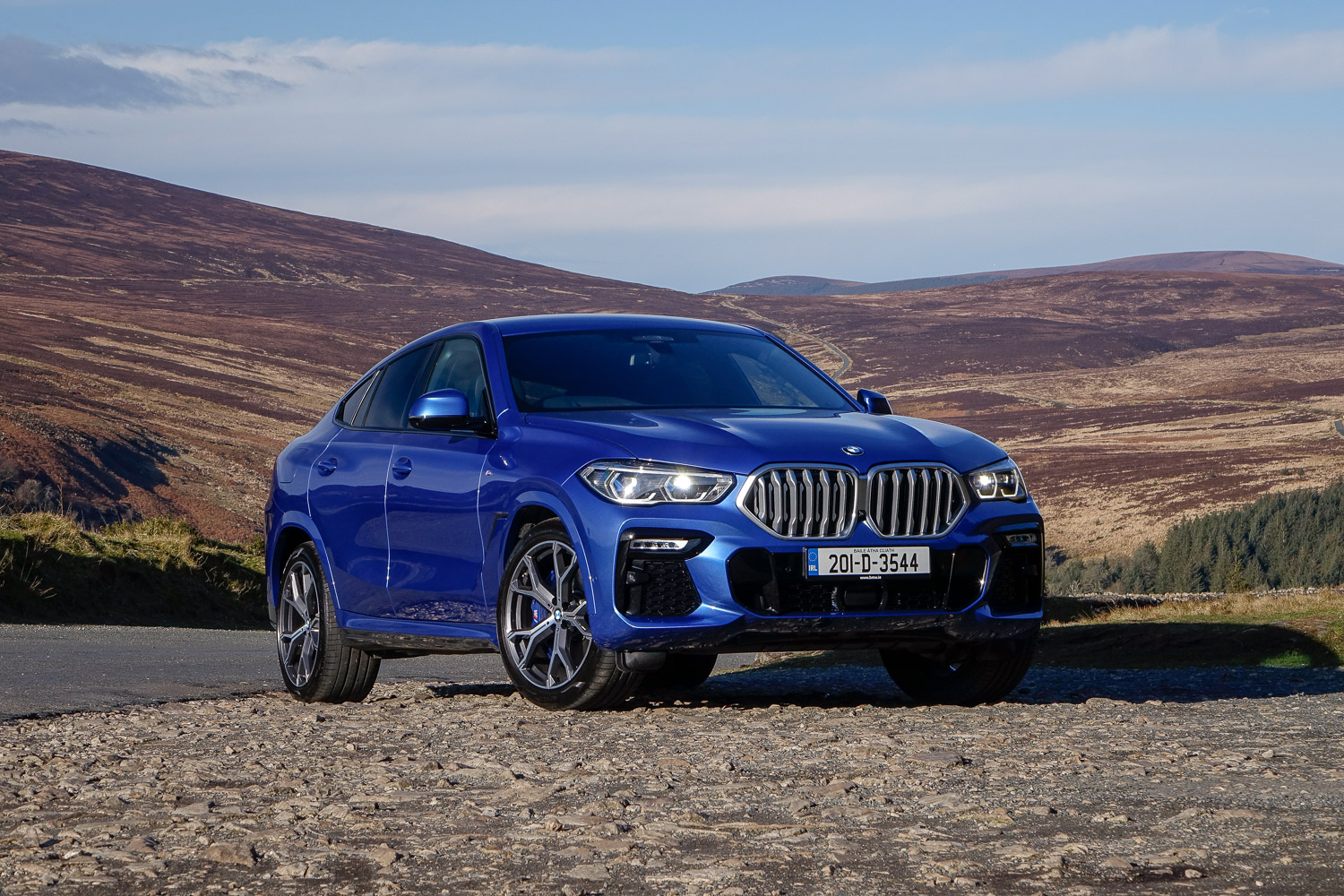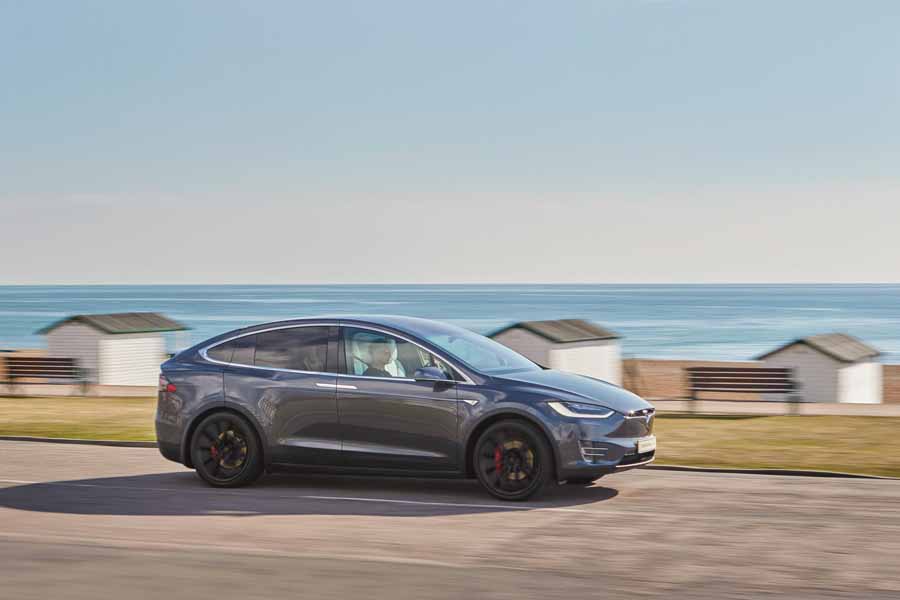Land Rover updates the Range Rover Sport with a brand new mild-hybrid straight-six diesel engine option called D350. Is the Premiership footballers' favourite still a top scorer? Or are we looking at relegation?
In the metal
While it's easy to write-off the Range Rover Sport as appealing only to Premiership footballers and yummy mummies, the fact is that it has been one of the key sellers in Land Rover's history. It's a hugely popular model, even at its lofty price point, and while there's an ever-growing roster of rivals (BMW X5 and X6, Audi Q7 and Q8, Mercedes GLE, Tesla Model X, Lexus RX 450h etc etc), it is, in all honesty, not hard to see the appeal of the sportier Range Rover.
Has that appeal been widened by the arrival of a new mild-hybrid diesel engine? Well, from the outside you'll struggle to spot that the Range Rover Sport is in any sense new. Actually, the exterior changes are limited to just trims and paint - you can choose from new colours, including Lantau Bronze and Hakuba Silver, and there are new exterior styling packs - HSE Silver, which comes with privacy glass, a panoramic roof and a Meridian sound system; or the HSE Dynamic Black, which goes all dark-chrome and menacing, and comes with a contrast roof colour and 21-inch alloy wheels are standard.
Newness comes in the shape of the D350 engine, part of Jaguar Land Rover's new straight-six engine family. While it may seem like a million miles away from the zeitgeist to be buying a big, hefty diesel in this day and age, the fact is that it's still a viable form of propulsion for large, hefty vehicles such as this, and - as we shall see - it can prove to be surprisingly economical.
In terms of cleanliness, this new engine conforms to the latest, rigorous, RDE2 (Real-World Driving Experience) emissions tests, and develops a decent 350hp and a thumping 700Nm of torque. It's also a mild-hybrid, which Land Rover says improves its efficiency, claiming that it offers V8 performance with diesel efficiency. While the 48-volt mild-hybrid system does add torque to help the engine under acceleration, and helps the stop-start system to run more efficiently, Land Rover hasn't given it the ability to coast, engine-off, on long downhill stretches, which seems like a missed opportunity.
In the cabin, Apple CarPlay and Android Auto are now standard, and you can access such online services as Spotify Premium without using your own phone. There's a wifi hotspot too, and a new Cabin Air Ionisation system that is claimed to be able to filter out airborne particles as small PM2.5 (more than 100 times thinner than a human hair).
Driving it
The engine's a belter. A big six-cylinder diesel is hardly fashionable right now, but nevertheless there is hugely impressive performance to be had. An inline-six engine is naturally going to be refined, and this one is turbine smooth, only emitting a hard-edged growl when you press hard on the accelerator pedal. With 700Nm of torque, it's never going to hang around, but if there is a disappointment it's that once you're past the initial acceleration, straight-line speed does taper off quite a bit. We suspect that's down to the mild-hybrid system backing off in its assistance as the speed rises.
As we mentioned, it's also surprisingly economical. Land Rover quotes an official figure of 31mpg (9.1 litres per 100km), but we managed rather better than that. Now, cards on the table - our drive included a long stretch of dual-carriageway and motorway, and a good chunk of that was restricted to 80km/h because of road works, but at the end of a two-hour drive, we'd scored a 39mpg average. For much of the trip, the engine was barely above idle, and most of the time you wouldn't need to exceed 2,000rpm to get where you're going.
It is also quite engaging to drive. Step straight into a Sport from the larger, more luxurious Range Rover https://www.completecar.ie/car/search/car-reviews/Range+Rover/Range+Rover and immediately it's a snugger fit. There may be only 100kg in mass between the two cars, but the Sport feels like a suit that's cut for Daniel Craig, rather than someone who's a little more padded-out. The steering is faster and sharper too, and our car had a fabulous Alcantara-swathed steering wheel. Incidentally, Land Rover is also one of those companies that hits an ideal sweet spot in terms of steering wheel design - the rim of the wheel is never too thick nor obstructive, and it works wonders on the steering feel. OK, so the Sport doesn't feed back like a Lotus, but for a 2.2-tonne SUV, it's reasonably communicative.
It's also massively comfortable, with big, squishy armchairs up front, decent space in the back and a huge boot. If you want to carry four people and their luggage across country in comfort and silence, can you do much better?
Well, yes you can - you an upgrade to the 'full fat' Range Rover, which gets the same engine, and which has an interior that's just a touch more sumptuous, more refined and more cosseting. OK, so the Sport is a sharper steer, and its ride quality - although very firm - is a little more consistent than that of the big Rangie, but there's an inevitable sense, when hopping from one to the other, that the Sport is the lesser vehicle. And so it should be for the price differential. We fear though that no matter how good the Range Rover Sport is in isolation, it's the big one that you really, really want and the one you really ought to have bought.
The digital displays are also a little disappointing, as neither Range Rover nor Range Rover Sport get Land Rover's latest infotainment system nor the new digital instrument screen. That's because both are going to be replaced in the next 12 months by all-new versions, but it does leave these existing models feeling just a touch left behind.
What you get for your money
While Land Rover Ireland hasn't yet confirmed prices for the D350 versions of the Range Rover Sport, let's face it - it's not going to be cheap, and you'll likely be through the €100,000 barrier once you've added a few options. In the slightly-awkwardly-named HST trim, you do get a lot of toys, though, including all that Alcantara trim on the steering wheel and headlining, three-zone climate control, heated windscreen, the Meridian sound system, a fixed panoramic roof, powered tailgate with hands-free control, 360-degree parking camera, adaptive suspension and even a fridge in the front arm-rest.
Summary
There's definitely an image issue with the Range Rover Sport. It is a truly excellent and hugely capable vehicle, but it does have the whiff of the nouveau riche about it, a whiff that the bigger, 'proper', Range Rover sidesteps. Essentially, the Sport is the car that you drive to the golf course, but the person who owns the golf course drives a Range Rover. That said, with its new diesel engine, and handling that hasn't lost any verve, it's still a hugely impressive and engaging car, and one with undoubted levels of appeal.

